The concept of al dente is one of those culinary terms that has transcended its Italian origins to become a global standard for pasta perfection. To the uninitiated, it might seem like a simple preference—a slight resistance to the bite—but to those who understand its nuances, it represents the very soul of pasta craftsmanship. The phrase itself, translating to "to the tooth," hints at the tactile experience of eating pasta that is neither mushy nor undercooked but exists in a state of ideal texture. Achieving this balance is an art form, one that requires attention, timing, and a deep respect for the ingredients.
At its core, al dente pasta is about structure. When pasta is cooked just right, it retains a firmness that allows it to hold sauces without collapsing into a starchy mess. This isn’t just a matter of taste; it’s a scientific principle. The proteins and starches in the pasta undergo specific transformations during cooking, and stopping the process at the right moment ensures that the noodles maintain their integrity. Overcooked pasta, by contrast, loses its ability to support sauces, leading to a dish that feels heavy and monotonous on the palate.
The journey to mastering al dente begins with the selection of the pasta itself. Not all pasta is created equal, and the quality of the wheat, the extrusion process, and even the drying method can influence how the noodles behave in boiling water. Traditional Italian pasta, made from durum wheat semolina, is particularly well-suited for achieving that perfect bite. The high protein content and coarse texture of semolina give the pasta a robustness that stands up to cooking, allowing it to reach the ideal stage of doneness without turning limp.
Water plays a surprisingly pivotal role in this process. It’s not just a medium for heat transfer; it’s an active participant in the cooking reaction. The water must be abundantly salted—not just for flavor, but to slightly alter the pasta’s surface texture, helping it achieve that coveted firmness. A vigorous boil is essential, too, as it keeps the pasta moving and prevents clumping, ensuring even cooking. Some chefs swear by the "10-100-1000" rule: 10 grams of salt, 100 grams of pasta, and 1000 milliliters of water. While this isn’t a rigid formula, it underscores the importance of proportions in the pursuit of perfection.
Timing, of course, is everything. The package instructions are often a starting point, but true al dente requires vigilance. The difference between perfectly cooked pasta and an overcooked disaster can be a matter of seconds. Many experienced cooks rely on taste rather than the clock, fishing out a strand a minute or two before the suggested time and testing it for that slight resistance. It’s a skill honed through repetition, a tactile memory that becomes second nature to those who practice it regularly.
The cultural significance of al dente extends beyond the kitchen. In Italy, pasta is more than sustenance; it’s a reflection of regional identity and tradition. The preference for firm pasta varies slightly from north to south, with southern Italians often favoring a chewier texture than their northern counterparts. These subtleties are a testament to the diversity of Italian cuisine and the deeply personal relationship people have with their food. To serve pasta that’s too soft isn’t just a culinary misstep—it’s a disregard for tradition.
Modern cooking techniques have introduced new variables into the equation. The rise of fresh pasta, for instance, has challenged the conventional wisdom surrounding al dente. Fresh noodles, made with eggs and softer wheat, cook much faster than their dried counterparts and require a gentler touch. Similarly, alternative pastas made from legumes or gluten-free flours behave differently in boiling water, demanding adjustments in cooking time and technique. Yet, the principle remains the same: the pursuit of that perfect bite.
In the end, al dente is more than a cooking instruction—it’s a philosophy. It’s about respecting the ingredients, understanding the process, and appreciating the moment when everything comes together in harmony. Whether you’re a home cook or a professional chef, mastering this technique is a rite of passage, a step toward deeper culinary wisdom. And when you finally achieve it, when you take that first bite of perfectly cooked pasta, you’ll understand why Italians have cherished this ideal for centuries.

By /May 26, 2025

By /May 26, 2025

By /May 26, 2025
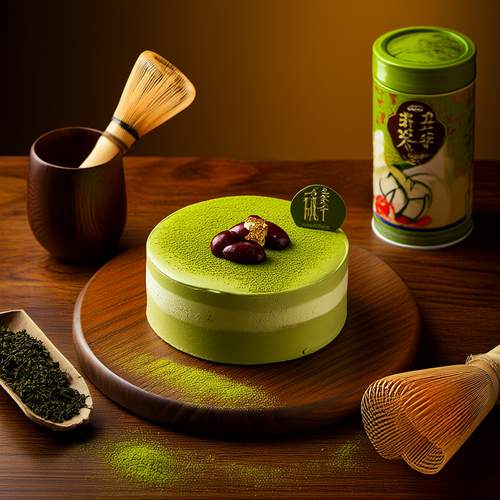
By /May 26, 2025
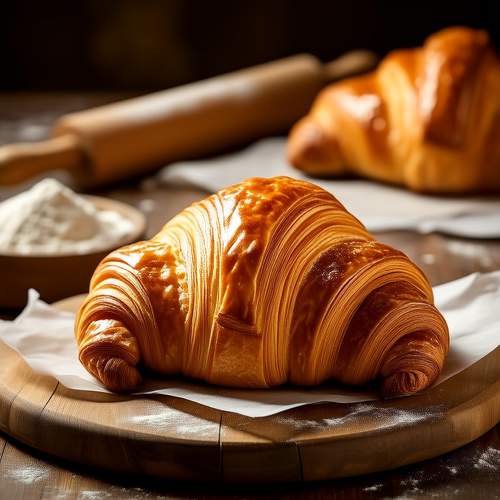
By /May 26, 2025

By /May 26, 2025

By /May 26, 2025

By /May 26, 2025
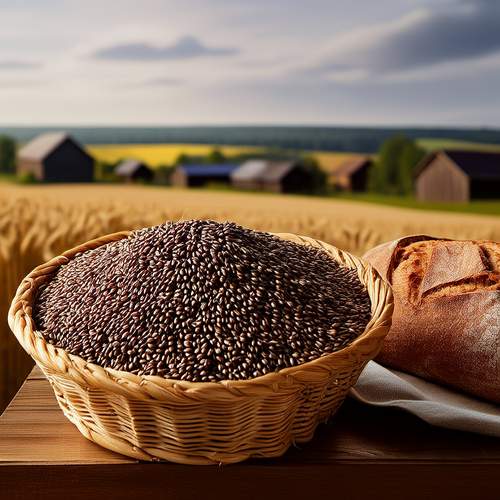
By /May 26, 2025

By /May 26, 2025
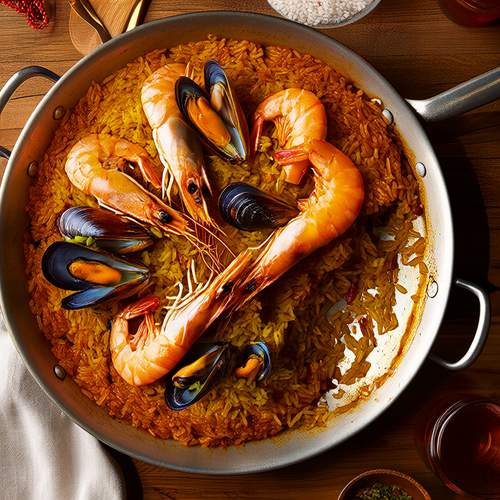
By /May 26, 2025
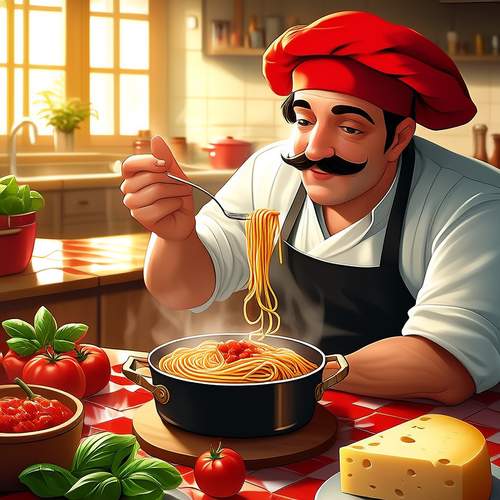
By /May 26, 2025
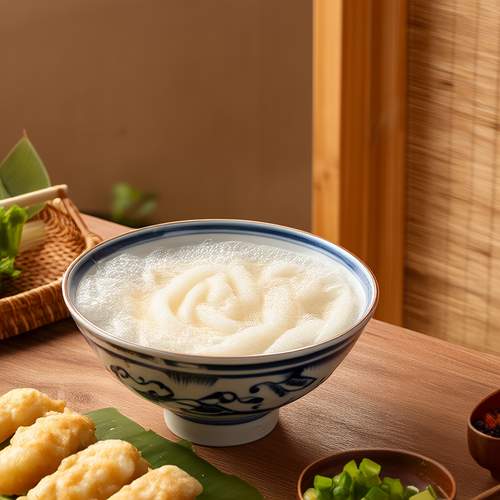
By /May 26, 2025
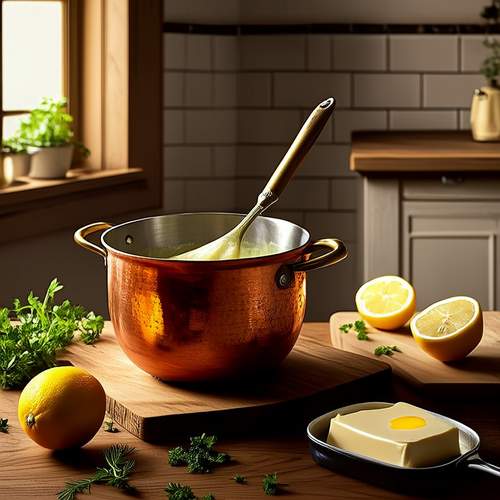
By /May 26, 2025

By /May 26, 2025

By /May 26, 2025
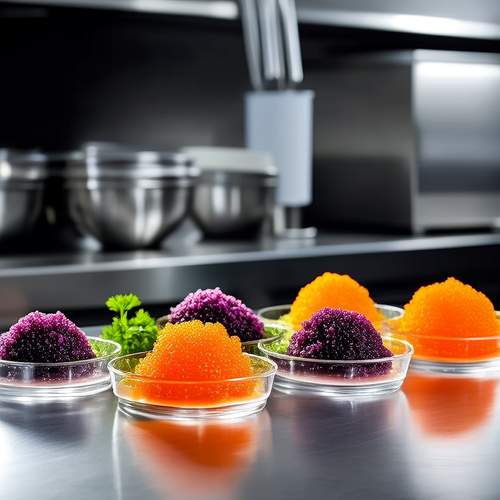
By /May 26, 2025
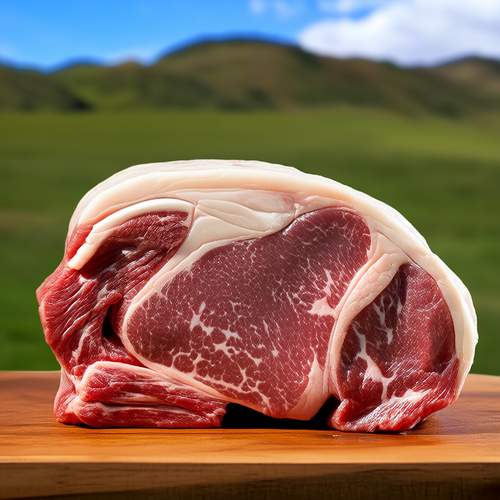
By /May 26, 2025

By /May 26, 2025

By /May 26, 2025